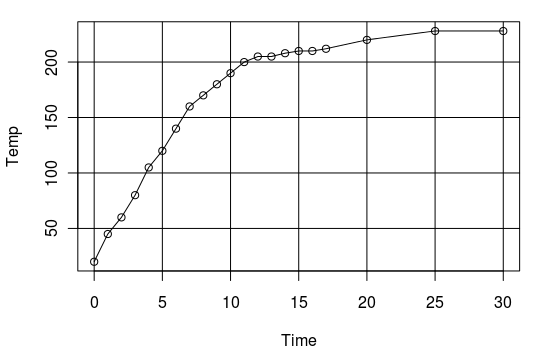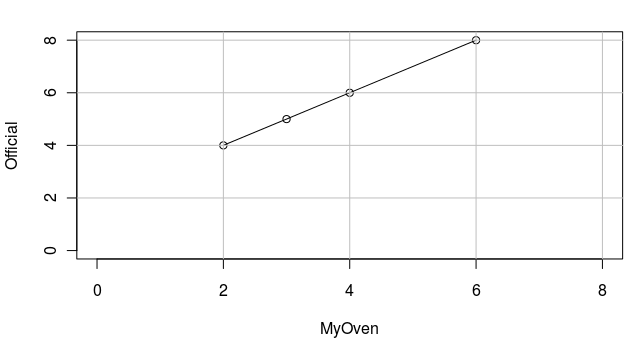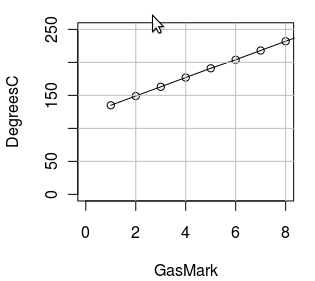Made some tasty baguettes today, decided to do a webcam timelapse of the first and second rises:
Dough rising over 40 minutes:
Baguettes doing their second-rise over 50 minutes:
Made some tasty baguettes today, decided to do a webcam timelapse of the first and second rises:
Dough rising over 40 minutes:
Baguettes doing their second-rise over 50 minutes:
For the last couple of years, I’ve cooked lots of bread. Mostly, I’ve been creating my own recipes and cooking the bread “until it’s done”. But when I follow recipes, like the ones in this awesome book it’s clear than my gas oven is way hotter than it’s meant to be. Sometimes bread takes days to prepare, and I reaallly don’t want to burn it! So, out with the science and in with an oven thermometer
!
Here’s what the temperature did when set to gas mark 6 … which should be 200C:

I always knew that electric ovens take ages to heat up, but I was surprised to see that even gas ovens take about 10 mins to get up to temperature. However, the oven didn’t just heat up to 200C. It kept going … and going … all the way up to 228C. In old money, that’s gas mark 8, a full 2 marks above what I’d set.
I checked a few other settings, and it was pretty consistently out by two:

I had always assumed that ‘gas mark’ was a funky old scale, but thanks to wikipedia and R’s plot function, it’s clearly nicely linear:

So, this is all useful information to help cook tasty things. But it’s a little bit tempting to also measure how quickly the oven cools down, and thereby model heat-loss. Or, to use the gas meter to see how much energy is going in, thereby indirectly measuring the average heat capacity of the (empty) oven. And so on …
Or, I could make some more bread. 🙂